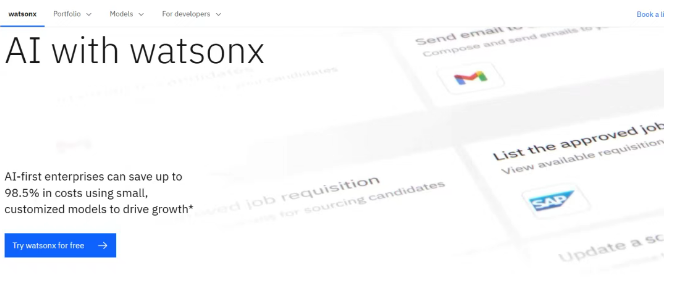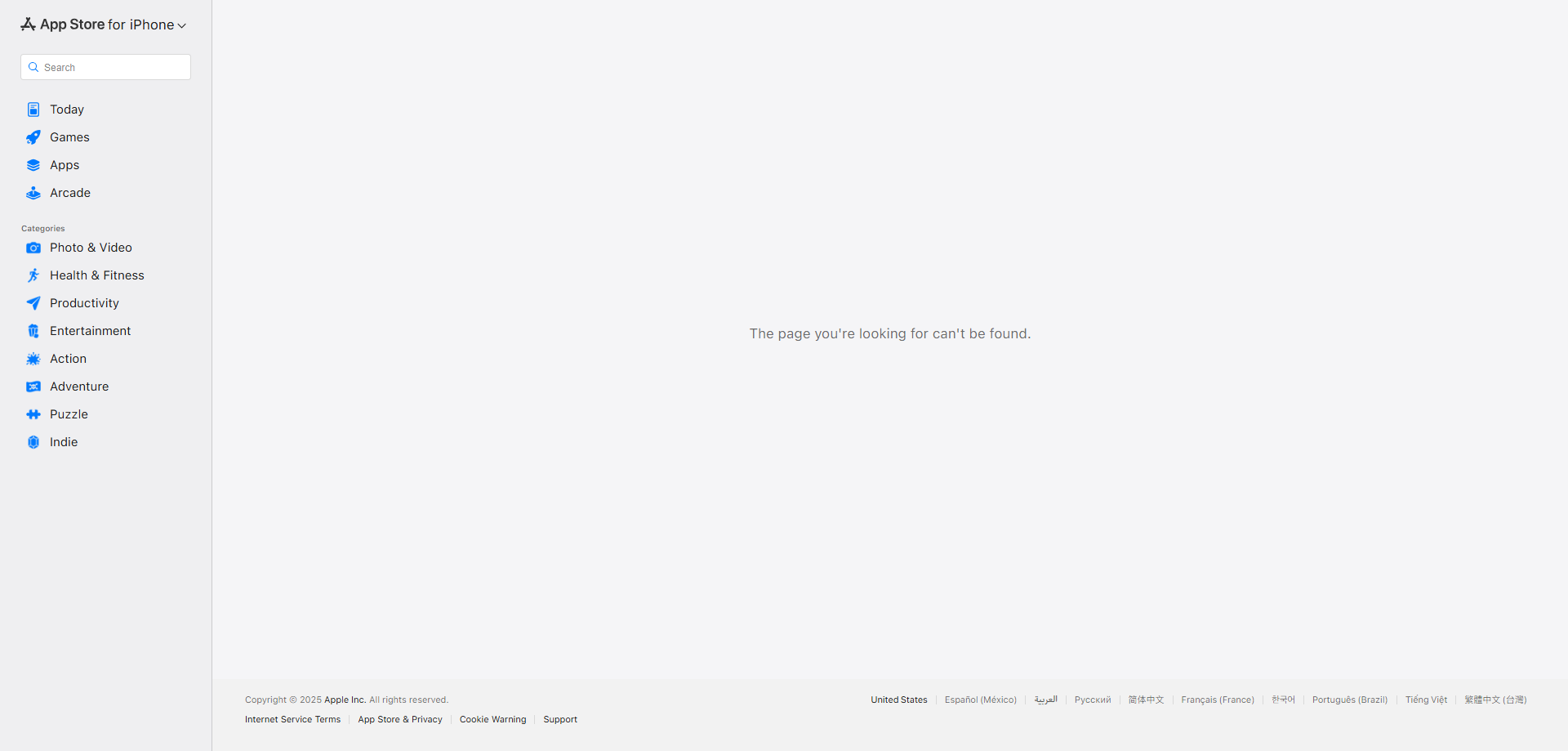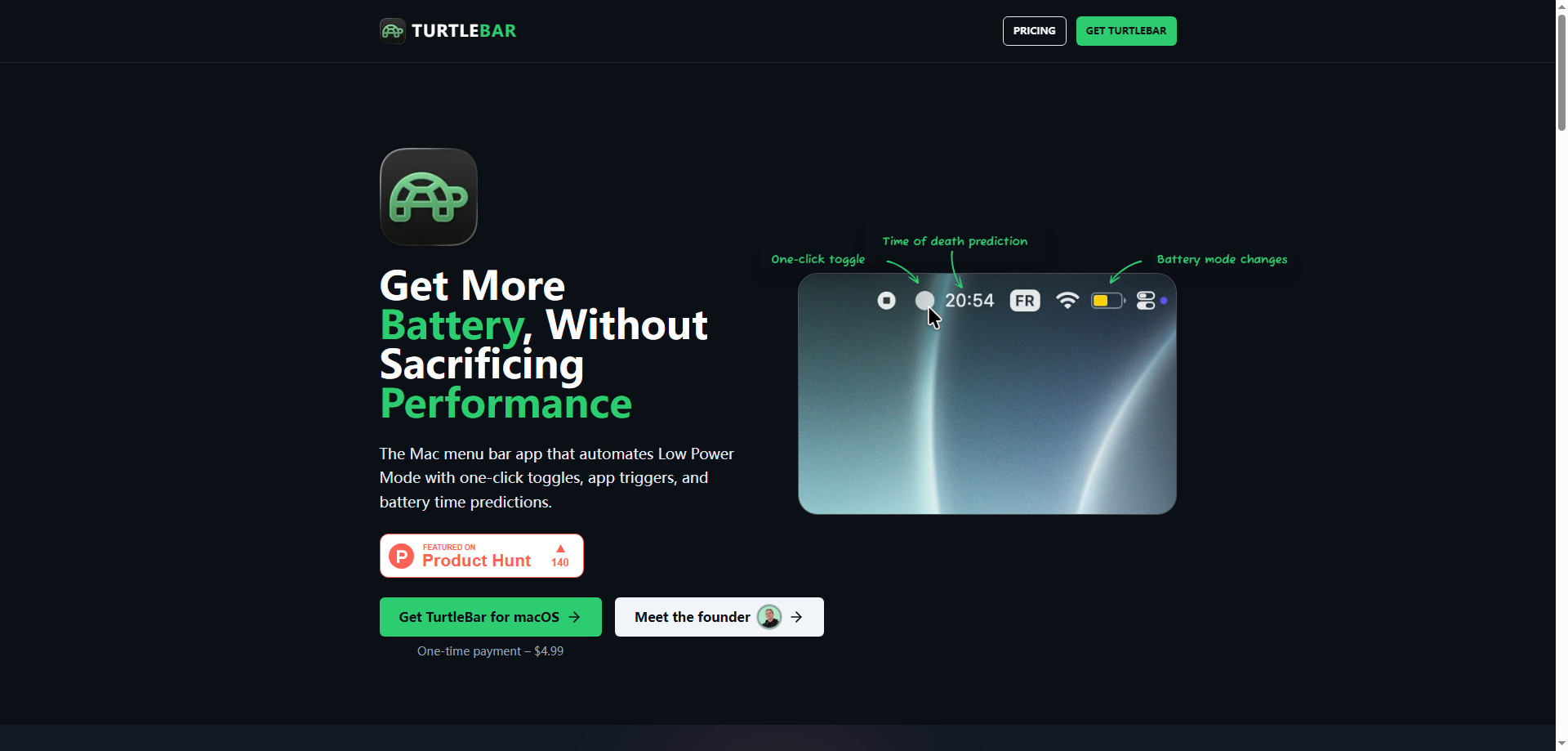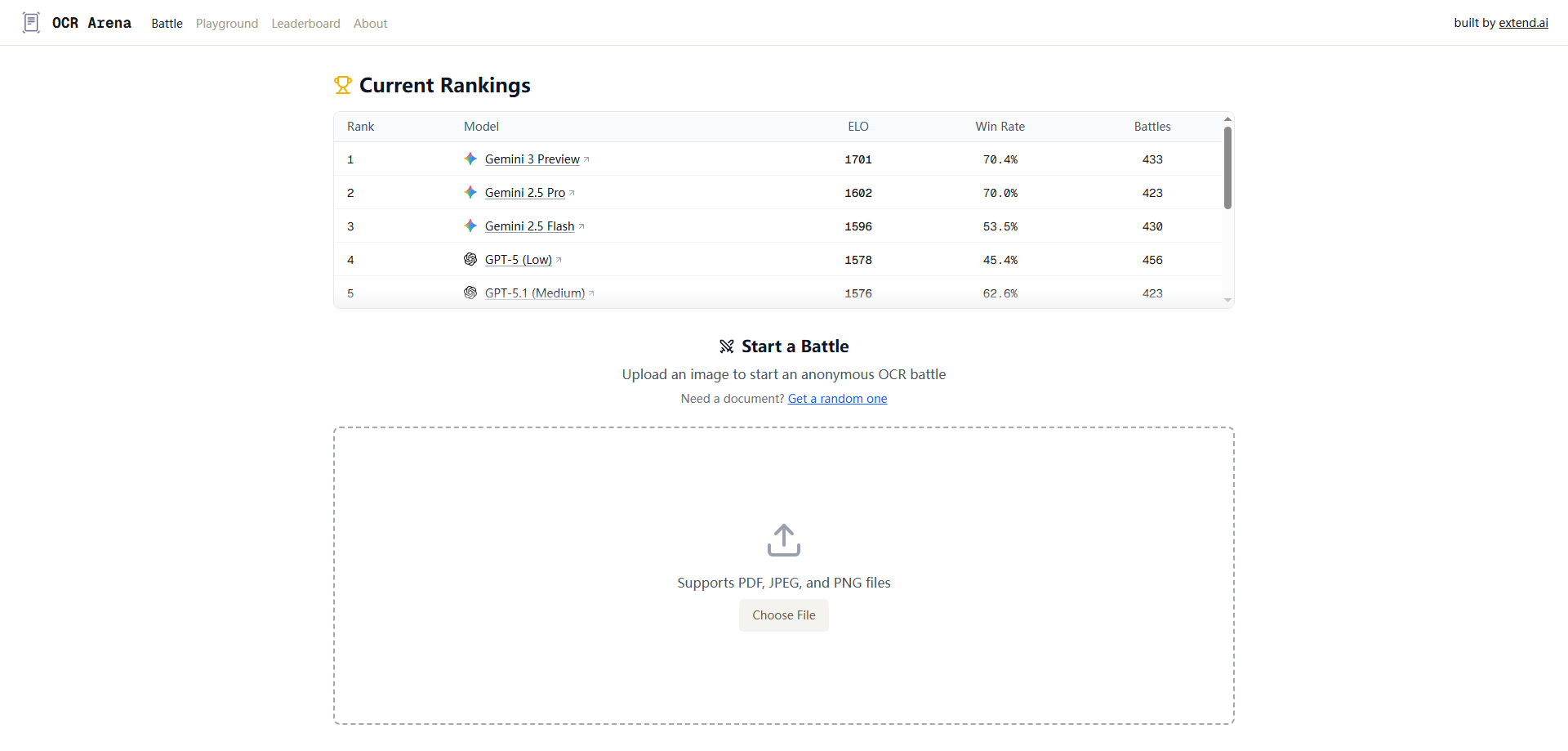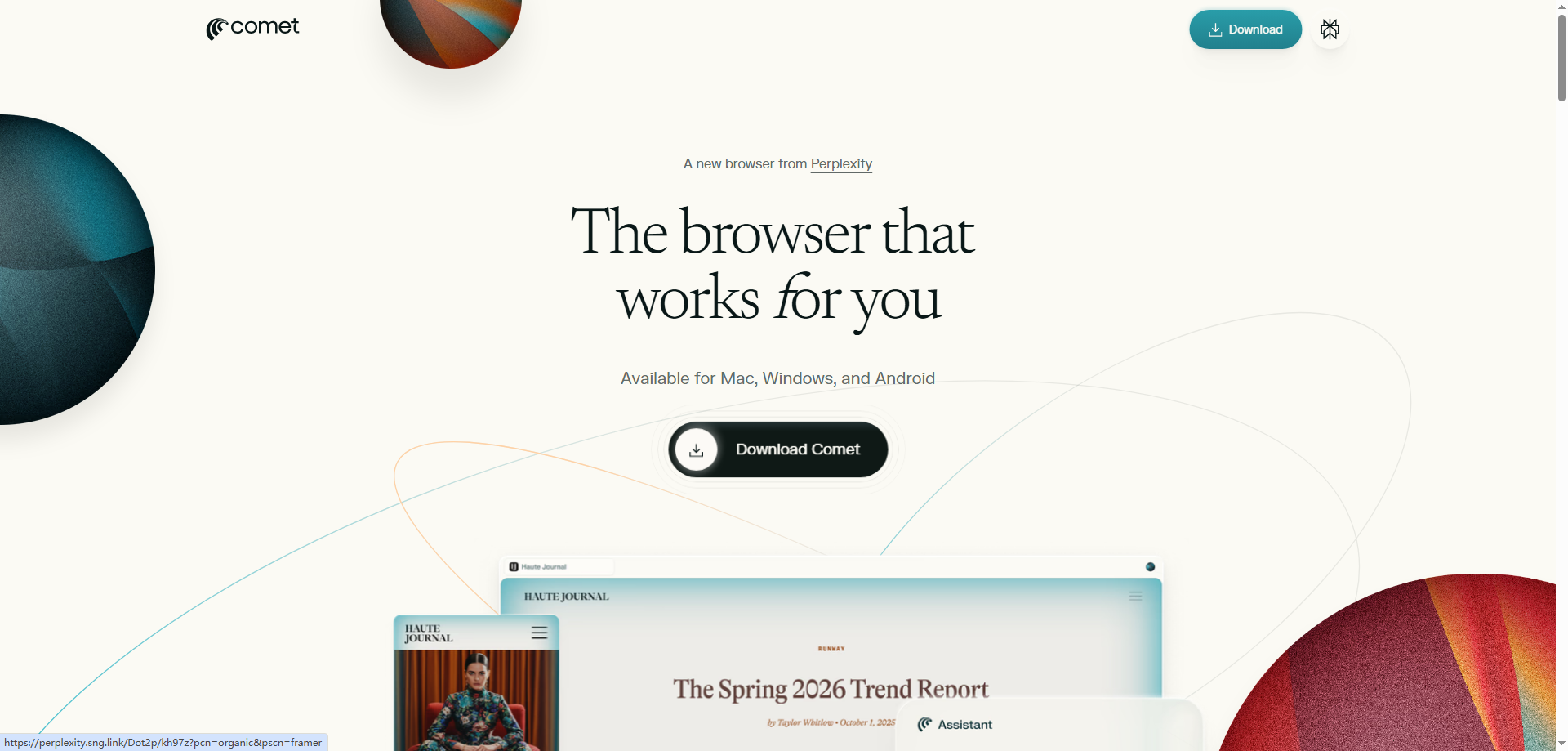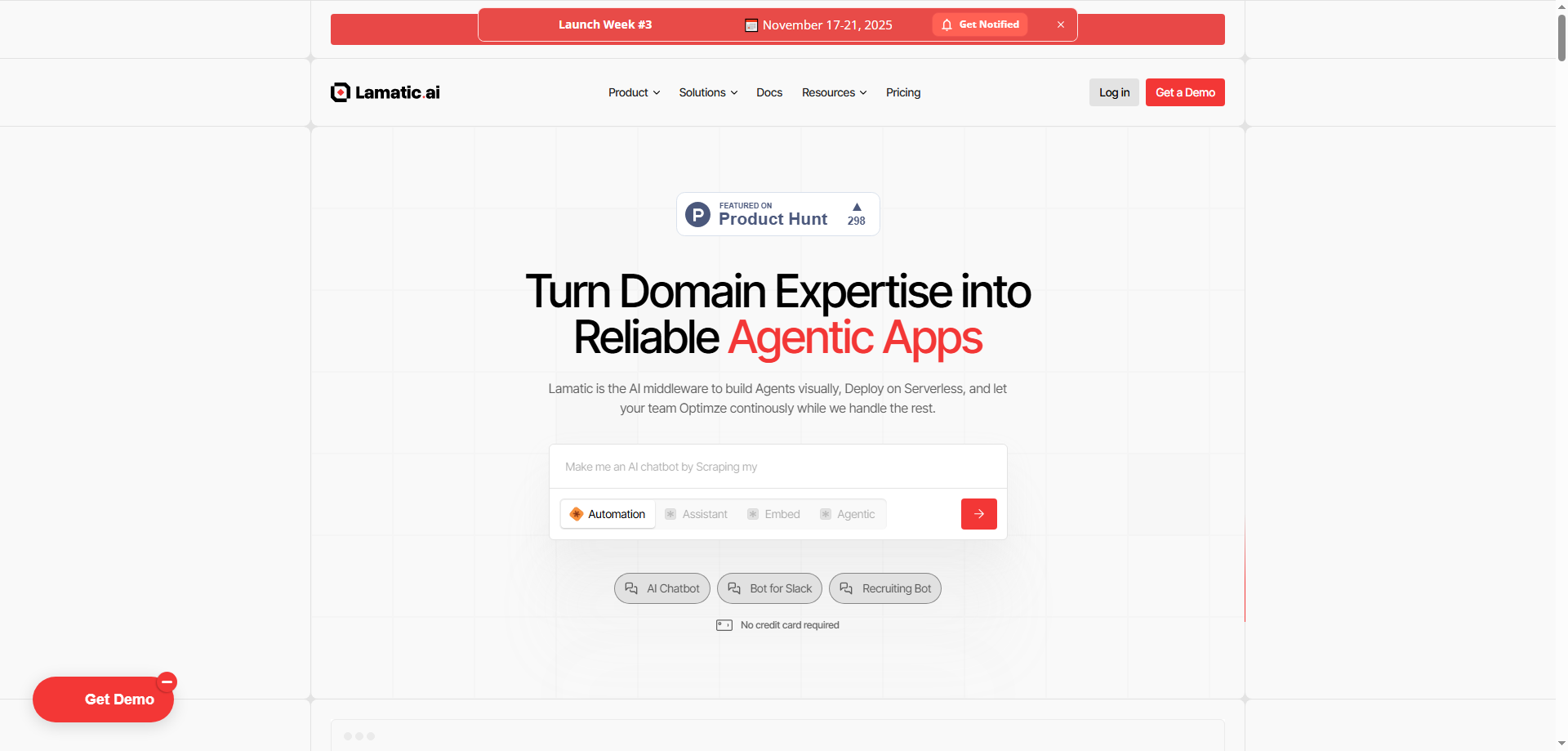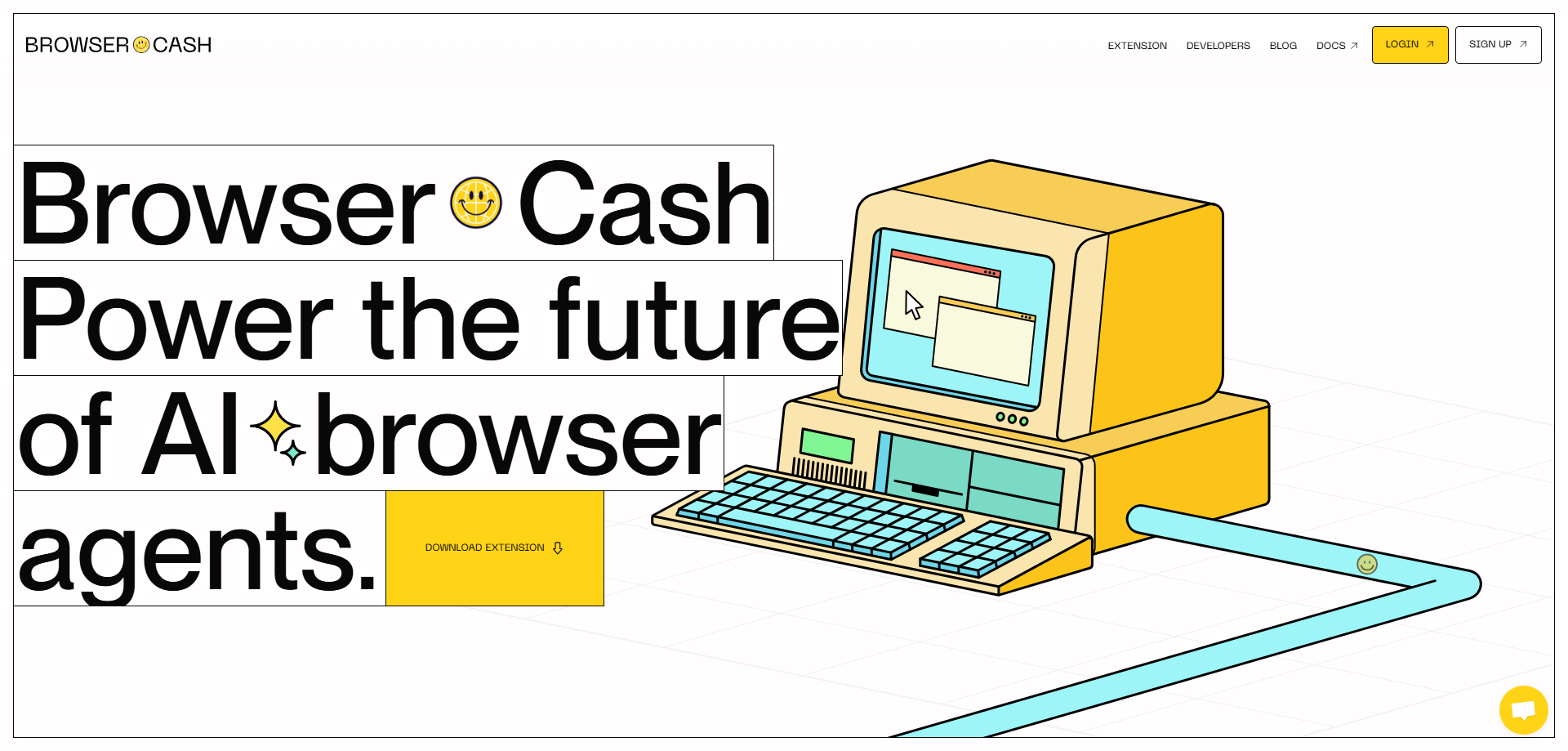What is Watsonx?
Watsonx is an integrated suite of AI tools and platforms created by IBM to help organizations build, train, deploy, and manage AI models responsibly. It’s not just another AI sandbox—it’s a full enterprise ecosystem covering the entire AI lifecycle: from data ingestion to governance to automation.
The beauty of Watsonx lies in its openness. You can use IBM’s proprietary Granite foundation models, or bring in open-source options like Llama and Mistral. Even your own models can be hosted and managed within the platform. It supports hybrid and multi-cloud deployment, meaning you’re not locked into one vendor.
In plain terms, Watsonx lets you build, tune, and launch AI models—all in one place, with enterprise-level oversight.
The Core Components of Watsonx
IBM structured Watsonx around five key components, each addressing a specific stage in the AI workflow. Together, they create a unified environment for AI-driven transformation.
1. watsonx.ai – The AI Development Studio
Watsonx.ai is the creative hub of the ecosystem. Think of it as an “AI workshop” where you can choose, fine-tune, and deploy models.
You can:
- Pick from IBM’s Granite models or integrate third-party models like Llama and Mistral.
- Train and customize these models using your proprietary data.
- Manage the entire model lifecycle from development to production.
Watsonx.ai offers a model-agnostic approach. Whether you’re a developer experimenting with small models or an enterprise scaling up massive ones, Watsonx.ai provides the flexibility to do both—without locking you into one cloud provider.
In short, Watsonx.ai is where your AI ideas come to life.
2. watsonx.data – The Unified Data Foundation
AI needs high-quality, well-managed data. That’s where Watsonx.data comes in. It acts as both a data warehouse and pipeline, integrating structured and unstructured data into one open lakehouse architecture.
Key functions include:
- Ingestion: Collect data from multiple sources—databases, APIs, documents, and logs.
- Enrichment: Clean, label, and organize data for AI training.
- Distribution: Feed curated data directly into models.
Watsonx.data ensures your models are trained on consistent, high-quality information. In other words, it’s the “grain and water supply” that keeps the AI engine running smoothly.
3. watsonx.governance – The AI Auditor
AI governance is no longer optional. Watsonx.governance serves as the compliance backbone of the platform—tracking, auditing, and validating every step of your AI lifecycle.
It helps companies:
- Record experiments and datasets.
- Evaluate model performance and fairness.
- Enforce ethical and regulatory standards.
It offers transparency across models, ensuring AI decisions can be explained, measured, and audited.
As IBM puts it: don’t wait for regulators to come knocking—Watsonx.governance helps you stay compliant before problems arise.
4. watsonx Orchestrate – The AI Agent Manager
Imagine a virtual project manager that coordinates multiple AI agents to automate workflows across HR, sales, procurement, and IT. That’s Watsonx Orchestrate.
It includes:
- Pre-built agents for enterprise tasks (like recruitment or sales follow-ups).
- Visual tools to create and connect your own AI agents.
- Support for multi-agent collaboration and multi-cloud deployment.
Example use cases:
- HR Automation: Have an AI agent handle job postings, interviews, and onboarding.
- Sales Support: Build agents that manage client communications or order tracking.
Watsonx Orchestrate transforms repetitive business tasks into intelligent, automated workflows—freeing up people for strategic work.
5. watsonx Code Assistant – The Developer’s AI Partner
Developers get their own dedicated helper with Watsonx Code Assistant, an AI-powered coding companion built on IBM’s Granite models.
It provides:
- Code generation and refactoring tools.
- Real-time similarity checking to prevent code duplication.
- Compliance and IP risk alerts to ensure enterprise safety.
This means faster coding, cleaner repositories, and fewer legal headaches. Watsonx Code Assistant helps developers not only write code faster but deploy it with confidence.
The Power of Openness
Unlike closed AI ecosystems, Watsonx embraces openness—in models, data, and infrastructure.
You can:
- Mix and match models (Granite, Llama, Mistral, or your own).
- Run workloads across clouds (IBM Cloud, AWS, or on-premises).
- Integrate APIs from external AI systems seamlessly.
This openness is especially critical for large enterprises that deal with complex IT environments and strict data residency requirements. For industries like finance and government, Watsonx offers full flexibility without sacrificing control.
Practical Enterprise Use Cases
Here’s how Watsonx works in the real world:
- HR Automation: With Watsonx Orchestrate, HR teams can automate entire recruitment pipelines—from sourcing candidates to sending offer letters—without manual follow-ups.
- Legacy Code Modernization: Watsonx Code Assistant scans your codebase, suggests refactors, and checks for IP compliance—making old systems safer and faster to maintain.
- Compliance Management: Watsonx.governance ties together data, models, and experiments—so generating compliance reports becomes a one-click process.
These examples show how Watsonx simplifies enterprise AI—not by replacing humans, but by eliminating repetitive work and enforcing responsible processes.
Where Watsonx Excels—and Where It Doesn’t
Strengths:
- End-to-end AI lifecycle management
- Model and cloud flexibility
- Built-in governance and compliance
- Strong data integration layer
- Enterprise-grade security and transparency
Limitations:
- Data quality still depends on the user—Watsonx can’t fix poor governance fundamentals.
- True automation requires integration with existing enterprise systems.
- Buying the platform doesn’t automatically guarantee compliance—users must define internal processes and KPIs.
Watsonx reduces repetitive labor but doesn’t replace organizational collaboration. AI adoption still requires people, policies, and strategy.
Getting Started: A Simple 5-Step Roadmap
-
Select a Model Choose Granite for smaller tasks, or Llama/Mistral for more open-source flexibility.
-
Connect Your Data Use Watsonx.data to integrate structured and unstructured sources into one clean pipeline.
-
Enable Governance Define your evaluation metrics, risk checks, and approval flows in Watsonx.governance early.
-
Build AI Agents Start with prebuilt HR, sales, or finance agents in Orchestrate and customize them as needed.
-
Accelerate Development Plug Watsonx Code Assistant into your IDE or CI pipeline for faster coding and safer deployment.
This modular approach lets you start small—then scale.
Why Watsonx Matters
Watsonx represents IBM’s vision for open, responsible, and enterprise-ready AI. It unifies what most organizations treat as separate silos—models, data, governance, automation, and code—into one connected platform.
It’s designed for the real world, where hybrid clouds, compliance laws, and legacy systems coexist. By giving companies freedom of choice and robust control, Watsonx empowers businesses to innovate without losing oversight.
It’s not a magic button for AGI—but it is a powerful system for turning AI from an experiment into a scalable enterprise capability.
FAQs About Watsonx
1. What is Watsonx used for? Watsonx is an IBM AI platform that manages the end-to-end lifecycle of AI models, data, and governance for enterprise use.
2. Does Watsonx support third-party models? Yes. Watsonx supports IBM’s Granite models as well as open-source options like Llama and Mistral.
3. Can I deploy Watsonx on different clouds? Absolutely. It supports hybrid and multi-cloud setups, including on-premises deployments.
4. What industries use Watsonx? Finance, healthcare, government, and manufacturing companies use it for governance, automation, and data-driven decision-making.
5. Is Watsonx suitable for small businesses? Yes. Watsonx offers scalable pricing tiers, so smaller teams can start with lightweight models and grow gradually.
6. How does Watsonx ensure compliance? Through Watsonx.governance, which provides traceability, explainability, and automated auditing for AI systems.
Conclusion
Watsonx isn’t just an AI toolkit—it’s IBM’s full ecosystem for building, managing, and governing enterprise AI responsibly. From open model selection to multi-cloud flexibility and rigorous compliance, it’s built to handle the complexity of real organizations.
With Watsonx, companies gain control, clarity, and creative power—turning AI from a buzzword into a practical business engine.
